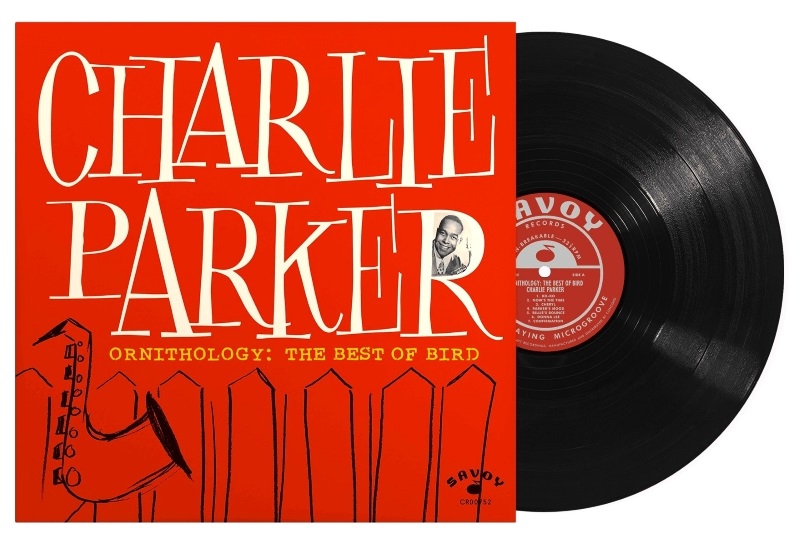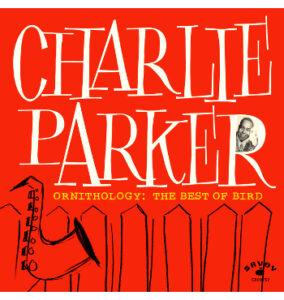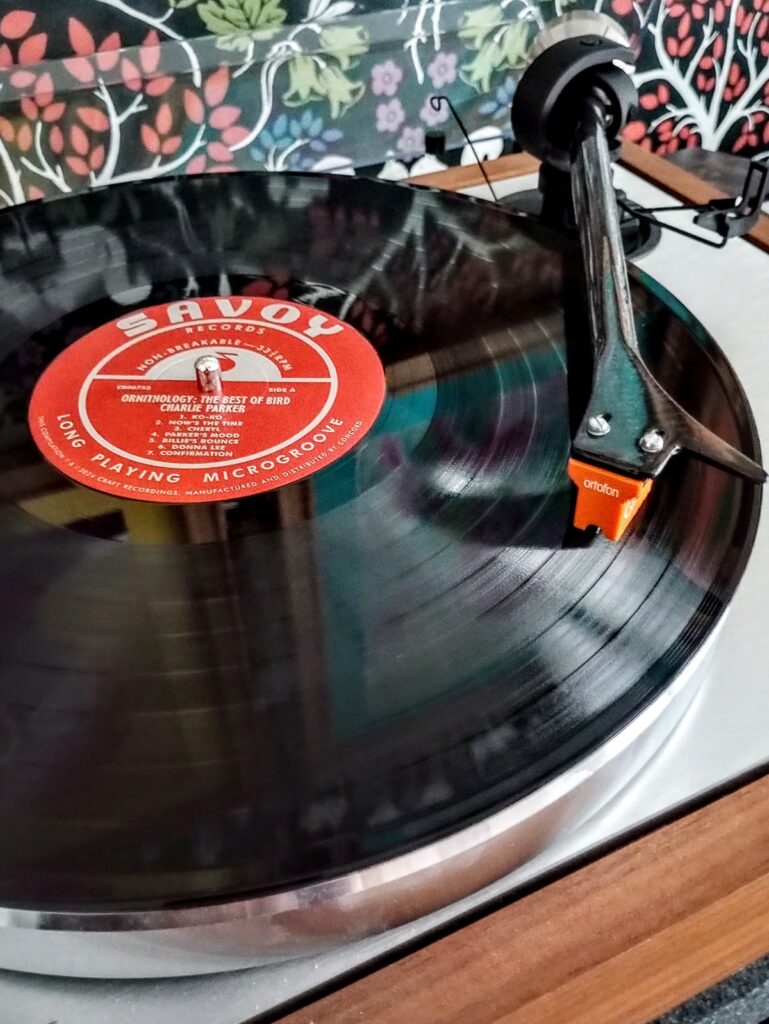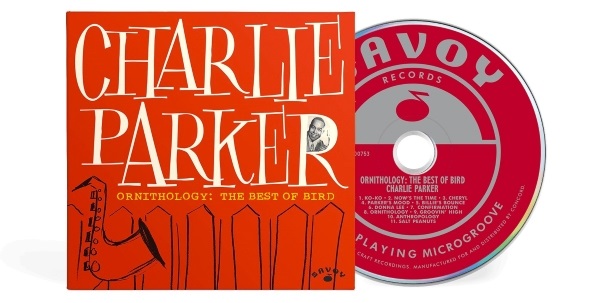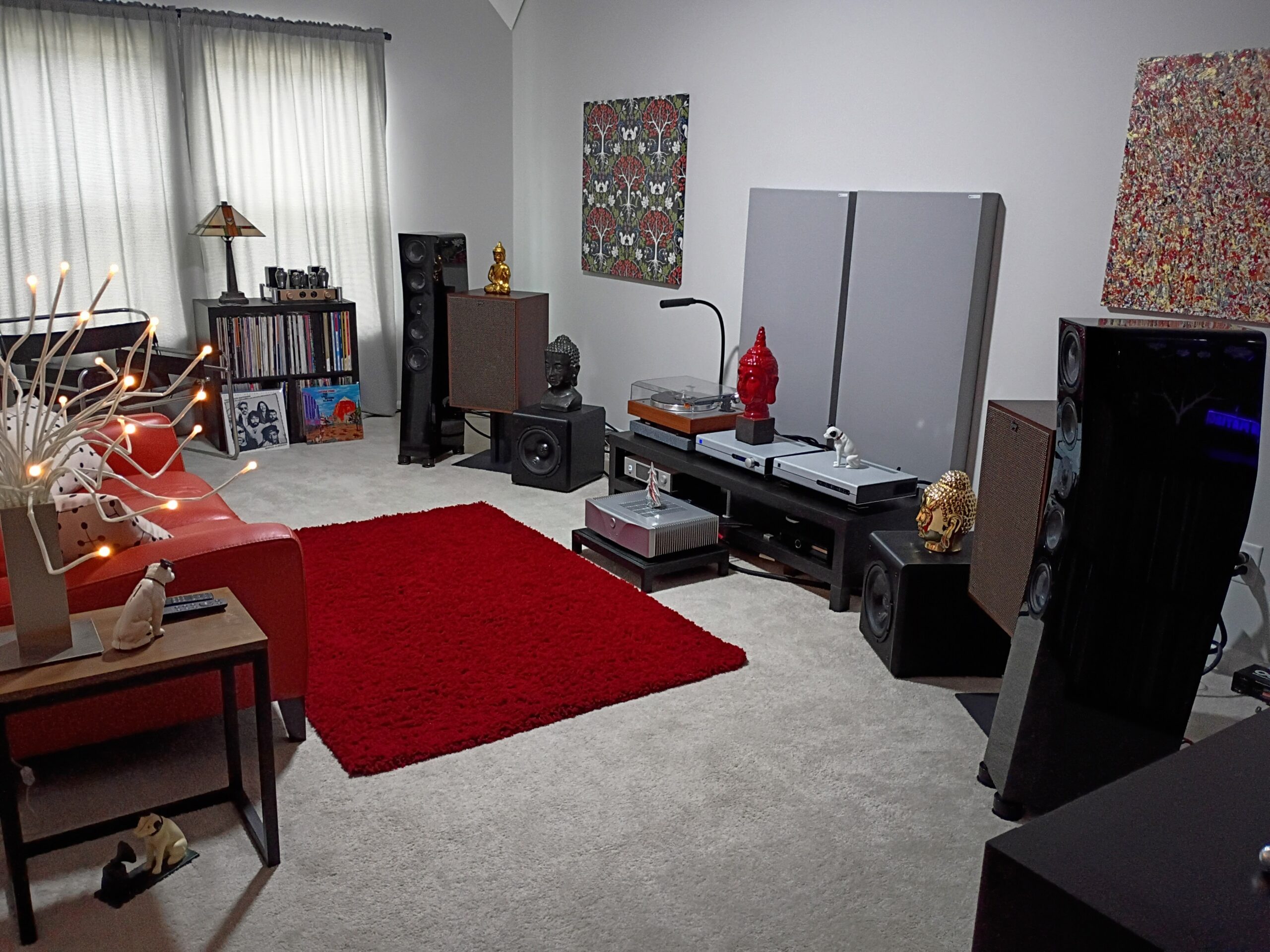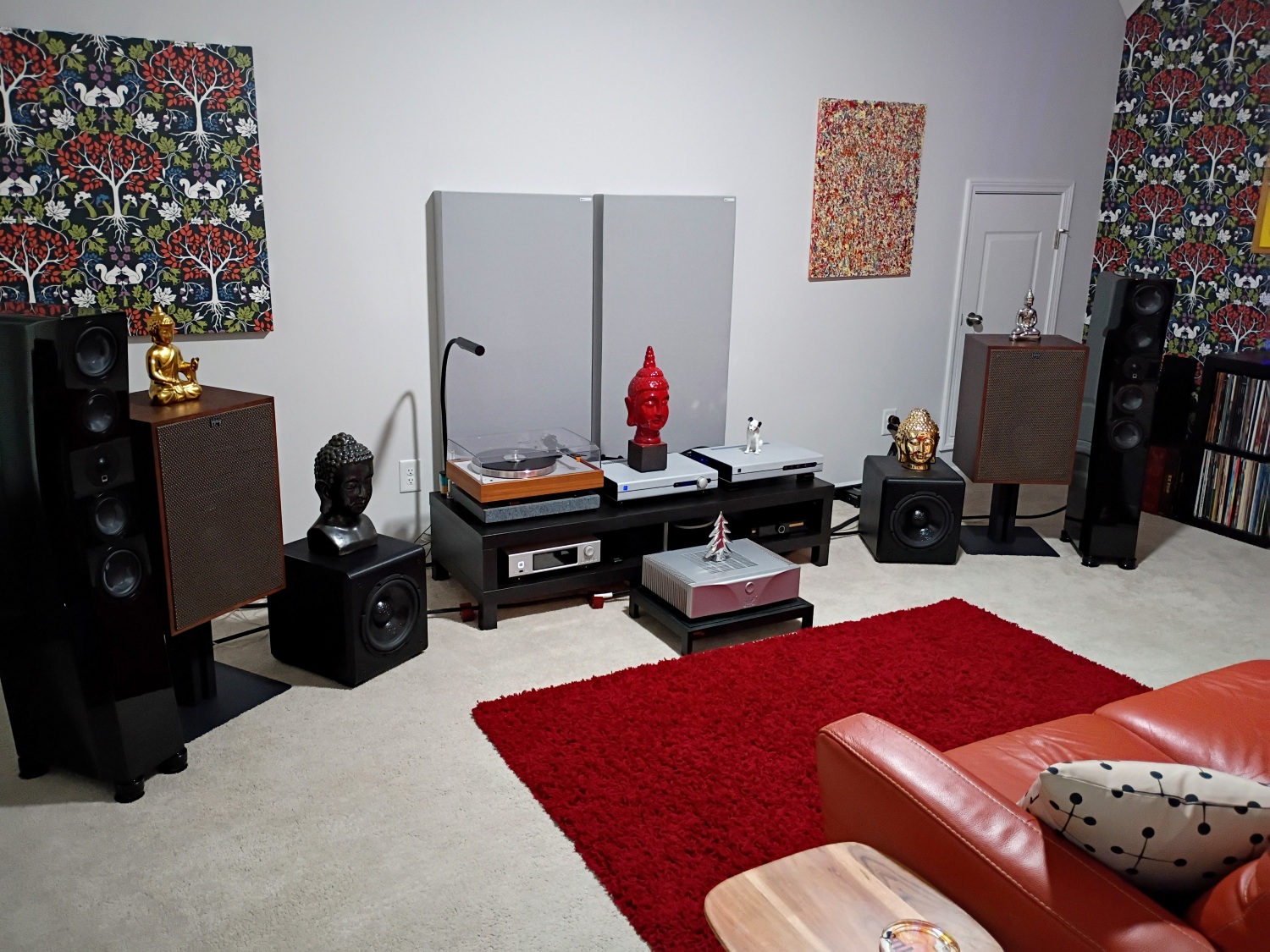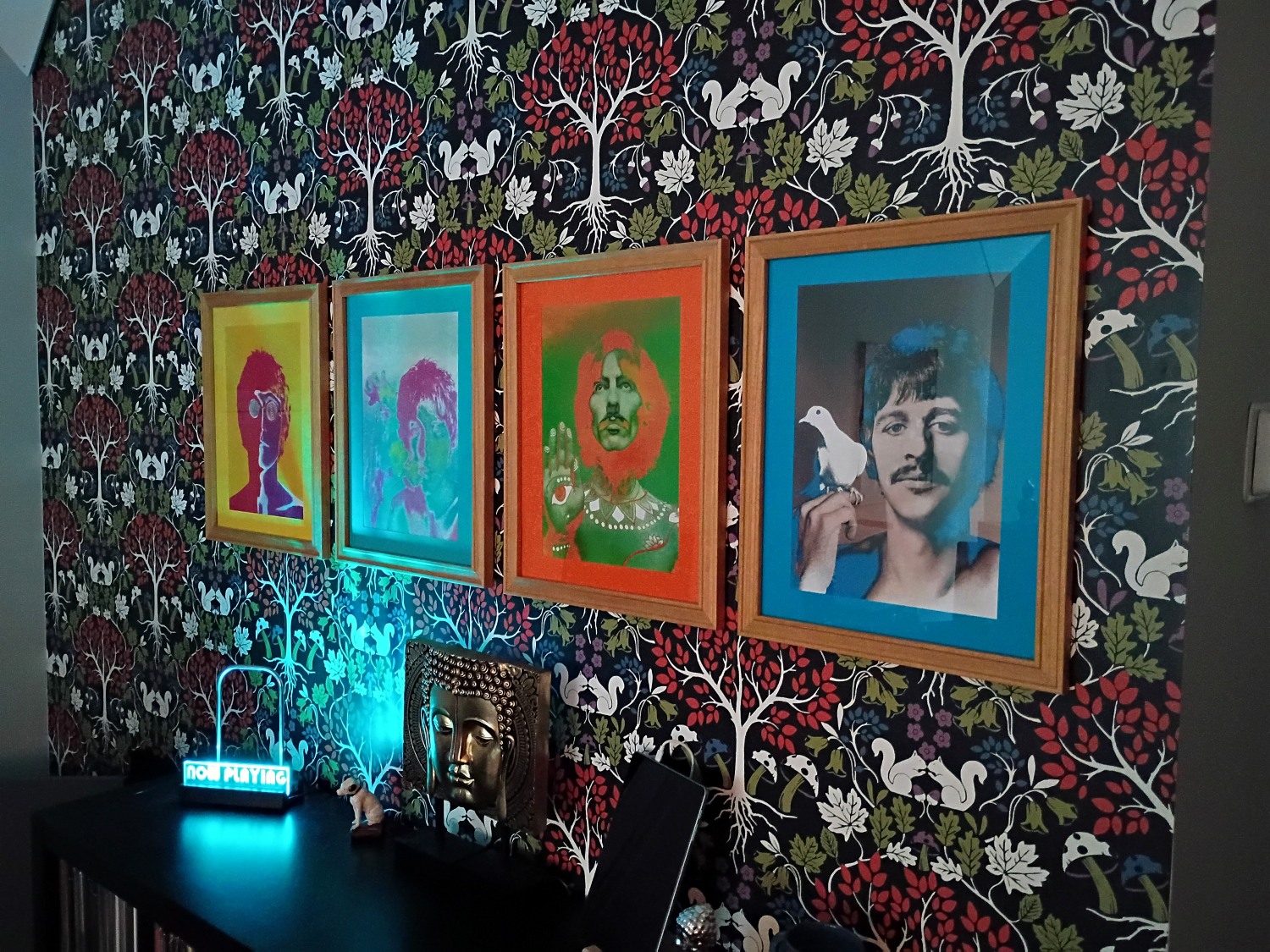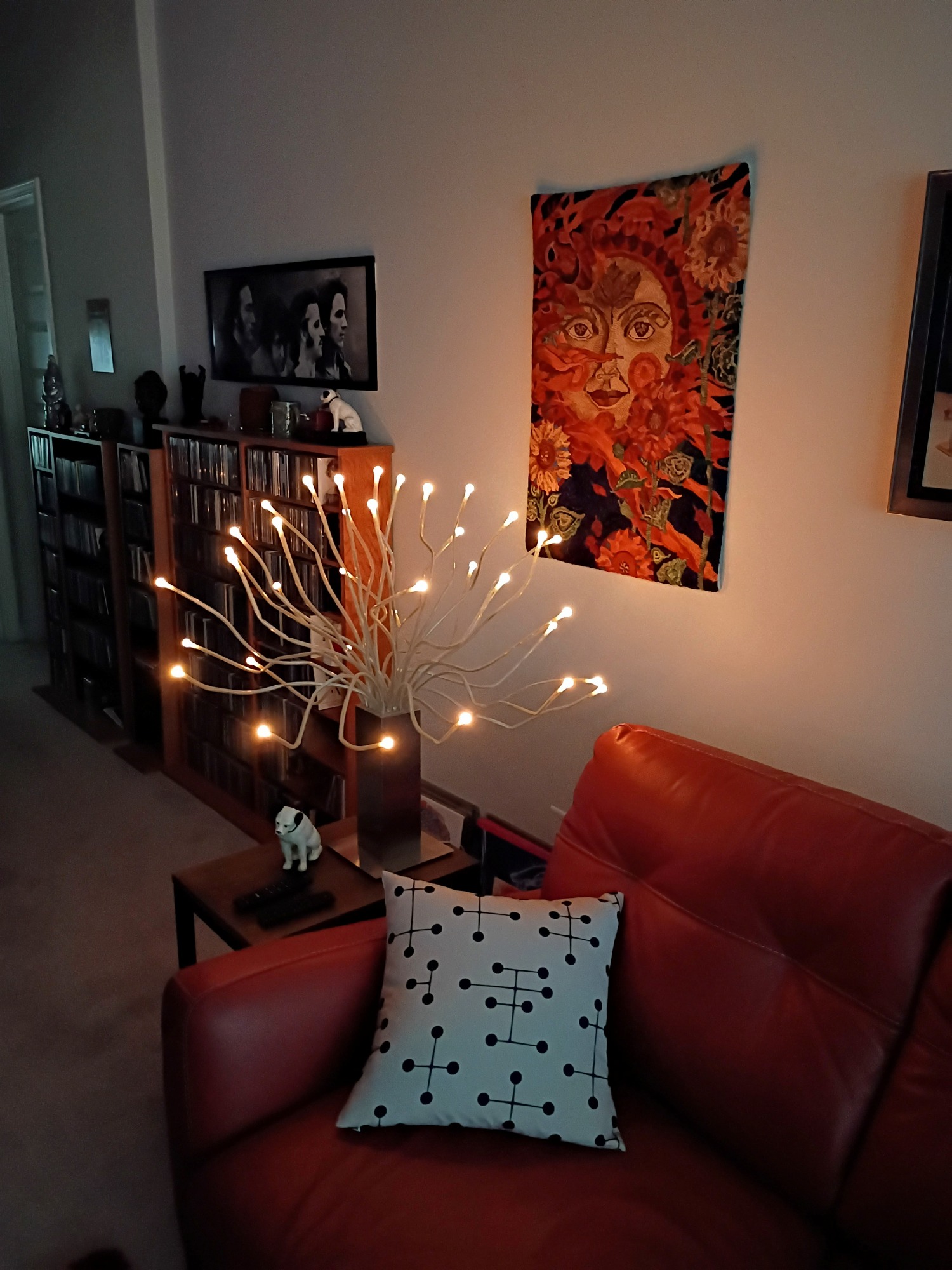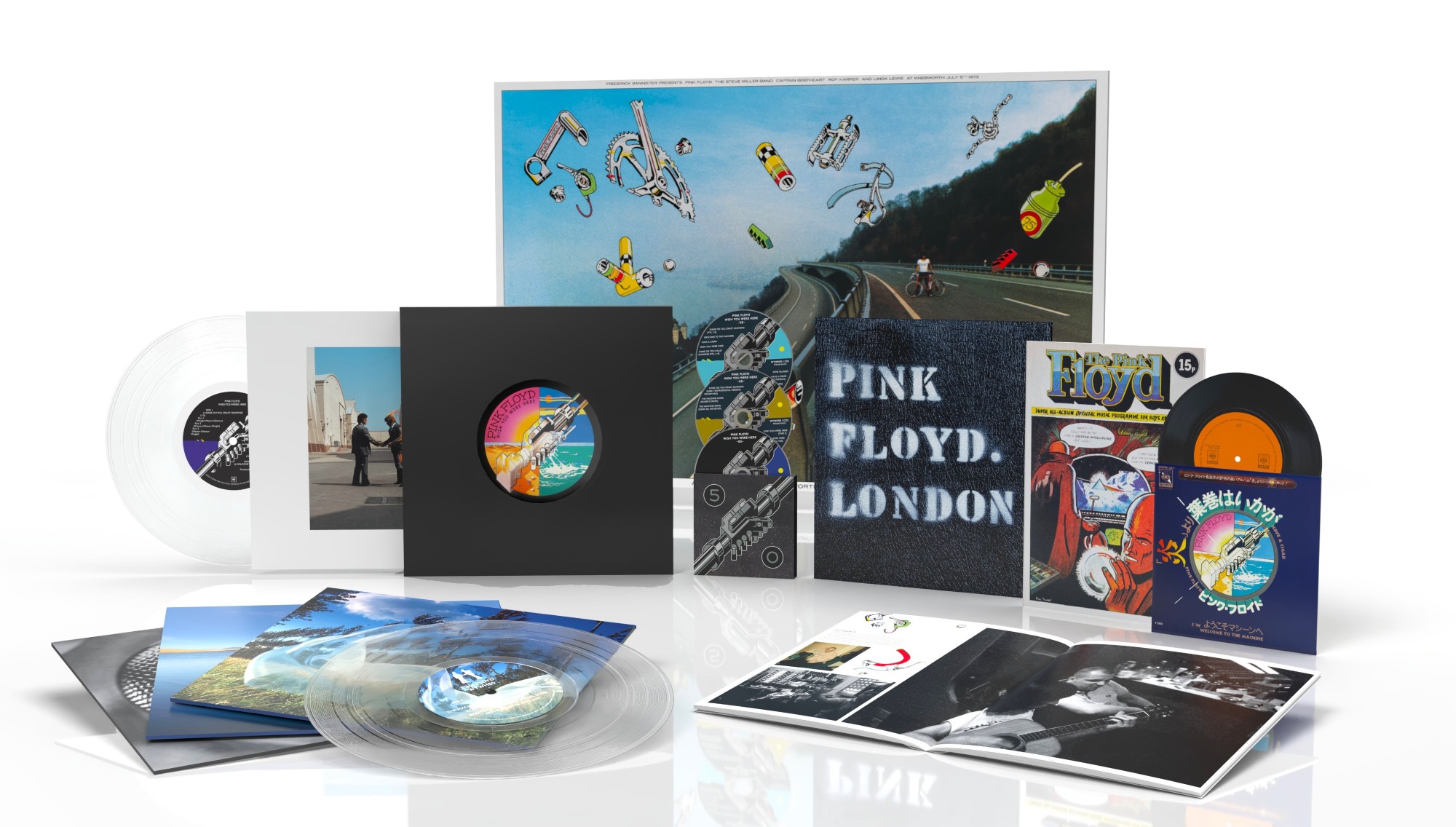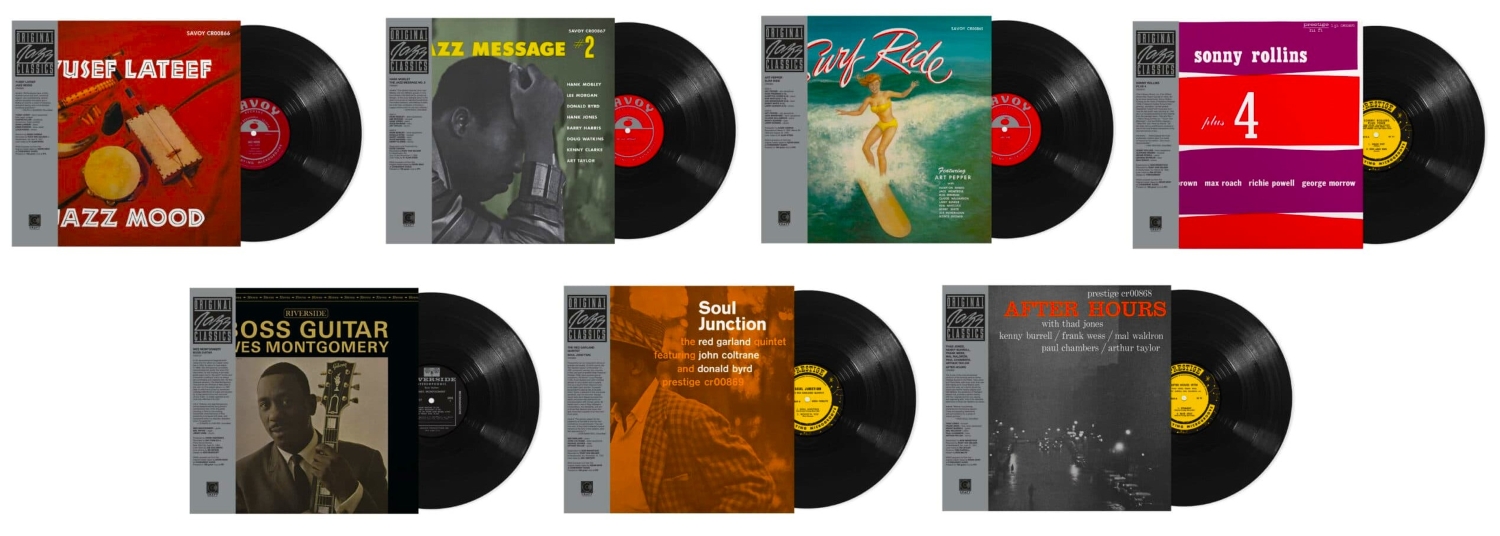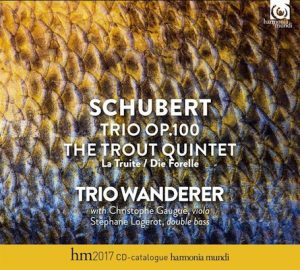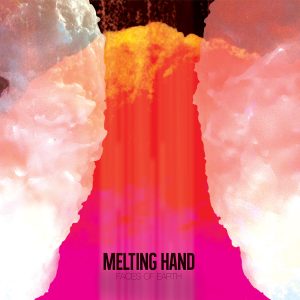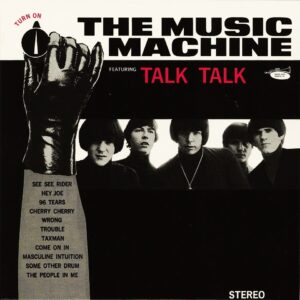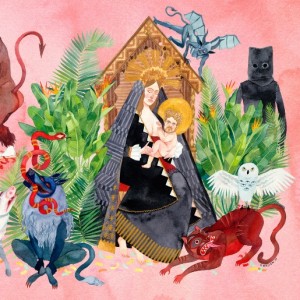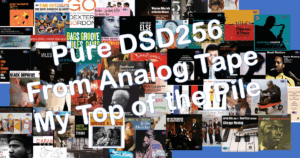Craft Recordings' latest noteworthy release of classic jazz has just arrived, and it's a compilation of some of the finest recorded works by legendary alto saxophonist Charlie Parker. Ornithology: The Best of Bird features a selection of classic studio tracks from Parker's mid-1940's sessions for Savoy Records; the studio sessions are supplemented with a group of live recordings that span the period from 1945 to 1953. Charlie "Bird" Parker's revolutionary style on sax was unparalleled among his peers; he soloed prolifically and at manic tempos, but also displayed a stunningly virtuosic technique filled with complex chord changes. Despite his radical approach, his playing also featured an embrace of harmony and melody that was unlike anything else at the time. Throughout his life and beyond, he became an icon of the beatnik and hipster subculture, who saw jazz musicians as the personification of art and intellectualism—with Bird at the absolute pinnacle. Ornithology: The Best of Bird is being released on 180 gram LPs, compact discs, and is also available for digital downloads and streaming on most online services.
Charles "Charlie" Parker Jr, or "Bird" as he ultimately became known, was born August 29, 1920 in Kansas City, Kansas, but grew up across the state line in Kansas City, Missouri. Which was an epicenter of musical activity, especially for jazz musicians. Parker's father was a major influence on him; the pianist, dancer, and singer performed on the cabaret circuit and encouraged Charlie to take up the alto saxophone. Which he played in the Lincoln High School band until he dropped out at age 14, joined the local musicians union, and started pursuing a musical career full time. Charlie Parker developed a voracious appetite for all forms of music; he also consumed enormous quantities of food (especially chicken) and alcohol. His unusual nickname was originally "Yardbird," which legend has it was inspired by his love of fried, baked, boiled, or stewed chicken. As the story goes, while on a road trip by car through Nebraska between gigs, the driver hit a chicken that was in the middle of the road. Parker insisted that they stop the car, where he then recovered the roadkill chicken and insisted that they immediately go where someone could prepare the recently deceased bird for him. "Yardbird" became his new moniker, but that was very quickly shortened to "Bird."
Bird had a bit of a rough go early on; at age 16, he was involved in a serious automobile accident which left him with chronic back pain that soon found him addicted to painkillers, alcohol, and eventually heroin. But by 1939, He'd relocated to New York City, where along with his compatriots Dizzy Gillespie, Bud Powell, Miles Davis, and Max Roach, he became one of the principal progenitors of the Bebop school of jazz. Due to an ongoing recording ban enforced by the American Federation of Musicians over royalty payments, Bird wasn't involved in any studio sessions until the ban ended in 1945. But he'd spent the time woodshedding and perfecting his radically evolving technique through countless live performances. The sides he recorded from 1945 and on for the Savoy label are legendary, and were billed at the time as the "Greatest Jazz Sessions Ever." Bird's conception of Bebop had fully matured by this point, and jazz lovers and live audiences went crazy for his music. Unfortunately, as the level of his addictions increased over the years, his health spiraled out of control, and he died on March 12, 1955 in the New York apartment of jazz patron Baroness Pannonica de Koenigswarter. When the coroner arrived to perform his assessment and fill out the death certificate, he estimated that Charlie Parker was between 50 and 60 years of age—at the time of his passing, Bird was actually only 34 years old!
I received both the 180 gram LP and a CD of Ornithology: The Best of Bird for evaluation. Due to the historical nature of the album, the original tapes required some audio restoration; both restoration and remastering for the new release were done by Paul Blakemore at Concord Studios in California. New lacquers were then cut by Jeff Powell of Take Out Vinyl at Sam Phillips Recording Service in Memphis, Tennessee; the LP was pressed on 180-gram vinyl at nearby Memphis Record Pressing. The LP arrived encased in a heavy tip-on outer jacket with cool and beautiful, period-appropriate cover art from designer John Sellards and illustrator Caroline Sellards: the album looks as though it could have actually been issued in the 1940s or 1950s! The rear panel of the jacket features new liner notes from Grammy Award-winning American music historian, author, professor, and producer Ashley Kahn. And there's also a nice printed insert that features Rico Tee's classic photo of Bird from the Savoy archives on one side, along with all the tech specs for the release on the reverse. The 180 gram LP arrived inserted into a Craft-branded rice paper inner sleeve, which helps keep the LP free from paper dust accumulation, guards against scratching, and helps prevent static buildup. A gatefold style, mini-album paperboard sleeve encases the compact disc, and its packaging essentially replicates the LP artwork on a smaller scale. High resolution digital downloads are also available for purchase and digital streaming on most online services. You can order a copy of Ornithology: The Best of Bird from Craft Recordings' web store HERE, and it's also available at a variety of online retailers, brick and mortar stores, or your local independent record store.
Charlie Parker: Ornithology: The Best of Bird, 180 Gram Savoy LP, $26 MSRP
Ornithology: The Best of Bird was created from studio and live recordings dating from 1945 to 1955. The Savoy Records sessions that yielded the studio tracks included in this collection were split between a pair of dates from November 1945 at WOR Studios, and May 1947 at Harry Smith Studios, both in New York. They contain some of Bird's most memorable recordings, and were originally issued on Savoy 78s, including his classic originals "Ko-Ko," "Now's The Time," "Cheryl," "Parker's Mood," "Billie's Bounce," and "Donna Lee." Those New York sessions featured (of course!) Bird on alto sax, along with Dizzy Gillespie and Miles Davis sharing alternating duties on trumpet; Curley Russell and Tommy Potter tag-teamed on bass; Bud Powell, John Lewis, and Dizzy Gillespie(!) shared chores on piano; and drummer par excellence Max Roach was behind the drum kit. I've heard these tracks regularly on various LPs and CDs, but they've never sounded so very good as they do here.
The remainder of the album consists of live recordings sourced from three different concert locations, including the Parker original "Confirmation," which was performed in September 1947 at Carnegie Hall in NYC; Bird and Diz were joined on this date by John Lewis on piano, Al McKibbon on bass, and Joe Harris on drums. Three tunes were culled from live appearances scattered across dates between 1948 and 1949 at the Royal Roost Club in Manhattan, featuring tunes Parker co-wrote (mostly with Dizzy Gillespie). Including "Ornithology" with Miles Davis on trumpet, Al Haig on piano, Tommy Potter on bass, and Max Roach on drums. "Groovin' High" subs in Kenny Dorham on piano, while "Anthropology" adds Lucky Thompson on tenor sax and Milt Jackson on vibes to the same lineup. The closer, Dizzy Gillespie's classic "Salt Peanuts" is sourced from the May 1953 Jazz at Massey Hall concert, which has often been called the greatest jazz concert of all time. Along with Bird and Diz, it also featured Bud Powell on piano, Charles Mingus on bass, and Max Roach on drums—you can read my review of Craft's excellent reissue of that classic concert LP set HERE.
Here's the LP tracklist:
Ornithology: The Best of Bird
Side 1
- Ko-Ko
- Now's The Time
- Cheryl
- Parker's Mood
- Billie's Bounce
- Donna Lee
- Confirmation (Live at Carnegie Hall)
Side 2
- Ornithology (Live at the Royal Roost)
- Groovin' High (Live at the Royal Roost)
- Anthropology (Live at the Royal Roost)
- Salt Peanuts (Live at Massey Hall)
The CD and Digital versions replicate the tracklist and sequence of the LP.
Bird's Savoy Recordings Have Never Sounded So Good as on Craft's New Compilation!
Clicking my name in the header above allows you to see the full complement of components in my dual audio systems. I used my all-analog setup to evaluate Craft's 180 gram LP of Ornithology: The Best of Bird. The analog system features a pair of Vanguard Scout standmount compact monitor loudspeakers; they're in the same vein as classic British monitor designs like the LS3/5As, and run in tandem with a Caldera 10 subwoofer. That setup also incorporates the excellent PS Audio Stellar phono preamp, and everything is powered by my recently upgraded PrimaLuna EVO 300 tube integrated amplifier, which now features a matched quad of premium Sovtek 6550 power tubes and a matched pair of vintage NOS Brimar 12AU7 input tubes. As Ornithology: The Best of Bird is entirely mono, LP playback was handled by my Rega Planar 2 turntable that's mounted with an Ortofon 2M Mono cartridge. It's a vintage-styled all-analog system that hearkens to the analog glory days of yore, and provides a lush tube-based sound that was perfect for playback of these classic jazz performances.
Paul Blakemore's restoration of both the studio and live recordings has breathed new life into these classic tracks, and they now play across my analog system with the kind of full-bodied, vibrant sound I'd never have believed possible from tapes that were approaching 80 years old. The LP is absolutely superb in every respect; the MRP pressing was perfectly flat, beautifully glossy, and exceptionally quiet during playback. The sound quality was exceptional, especially for what's essentially a historical release; it's that classic kind of fifties "wide" mono sound that offers a superb impression of Bird and his bandmates both in the studio and on stage. I can't imagine any jazz fan or Bird completist who wouldn't want this excellent LP in their collection.
As Craft also supplied the compact disc, I ripped it to my all-digital source system, which now features a new S.M.S.L. D300 digital-to-analog converter. It plays into my PS Audio Stellar preamplifier, which feeds the Naiu Labs Ella power amp that's currently powering a pair of new production KLH Model Five loudspeakers. My Euphony digital streaming system has been recently upgraded and now upsamples everything to DSD for playback, and the D300 DAC is configured for 1-bit direct DSD conversion. DSD offers a much more analog-like presentation, and the sound quality is astonishing; all digital tracks from Ornithology: The Best of Bird were replayed with a level of digital goodness that was totally on par with the analog LP. Even if you're not set up for LP playback, the digital files are so very good, they're well worth hearing on their own merit.
Ornithology: The Best of Bird is a great collection of tracks I've probably heard a gazillion times, but never with the impressive sound quality of Craft's new LP and CD. Hats off to both Paul Blakemore and Jeff Powell for their top-shelf efforts with the restoration and transfers, which were vital to the remarkably good sound I heard from both digital and analog versions. Thanks to Jacob Kossak and everyone at Craft Recordings for their assistance; Ornithology: The Best of Bird comes very highly recommended!
Craft Recordings
All images courtesy of Craft Recordings and the Author.




